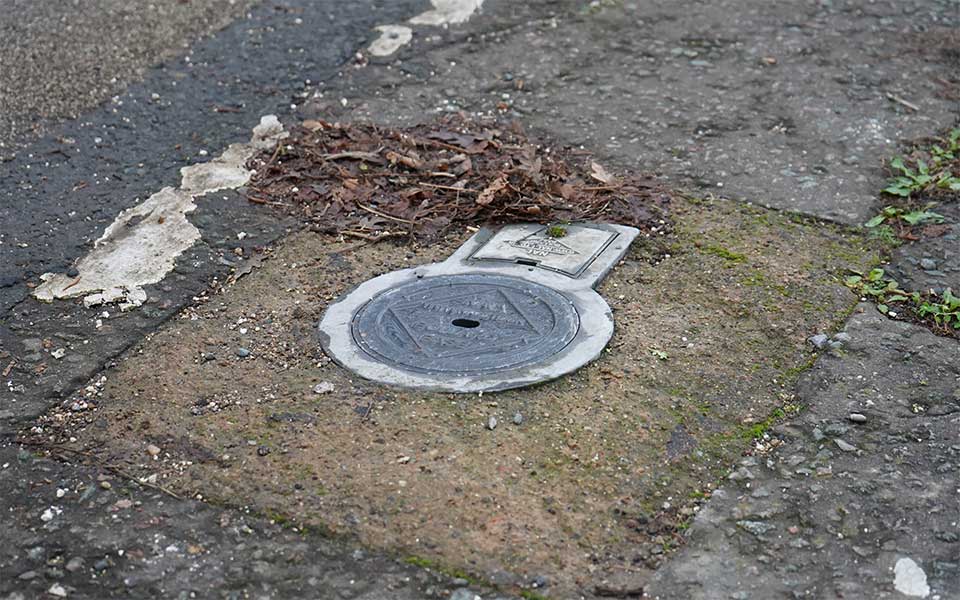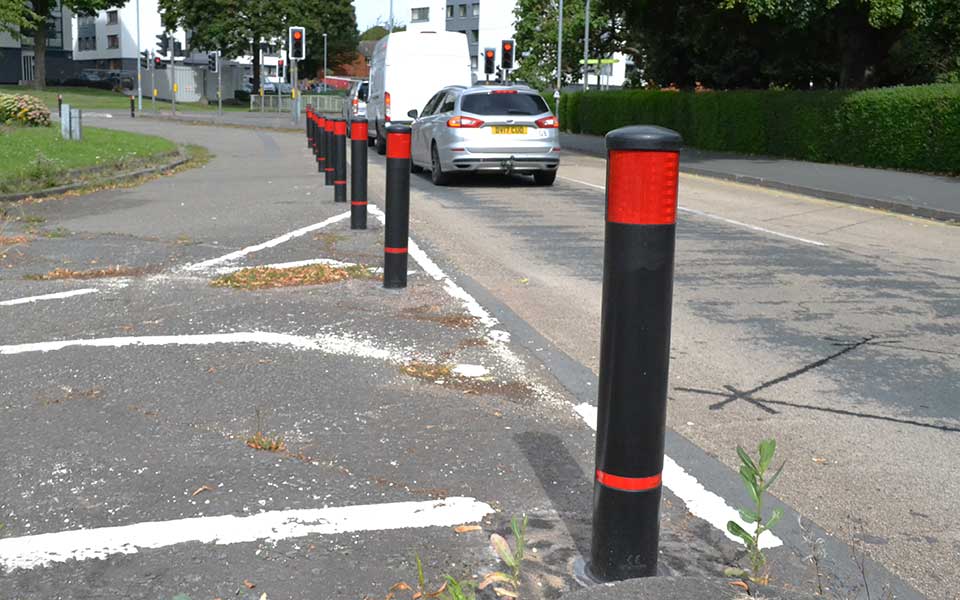Defense Against The Deluge:
Infrastructure Provisions for Severe Flooding
In recent years, the UK has grappled with extensive flooding, particularly impacting riverfront towns and cities.
The resultant chaos has led to substantial disruptions, ranging from the closure of local businesses and schools to the evacuation of residents and the isolation of entire communities from essential services. Even routine activities, like a short drive to the shops, have transformed into arduous, hours-long expeditions.
Demounting Street Furniture
As a result of flooding, local authorities come under pressure to implement flood provisions to help keep everything moving. The Contraflow system has been adopted by many local authorities when rivers burst their banks and infringe upon the roads, making them unsafe to travel. In many cases, the unaffected carriageways must be repurposed for new traffic routes, often by altering the streetscape to create space for temporary lanes. For authorities who have adopted the NAL Retention Socket system, street furniture is quickly and swiftly demounted from the sockets, making the space required for the diverted traffic flow.
A case in point is Worcester City, where various street elements such as traffic signal poles, highway signage, and bollards, installed in NAL sockets, are systematically demounted along the A44, spanning the route for the Contraflow system along the Worcester bridge.
Additional sockets nearby facilitate the storage of the removed traffic signal poles, keeping them safe and undamaged. X-Last bollards, used as lane separators at a nearby island, are also removed from their composite sockets to create additional space at the root of the Contraflow. Furthermore, a sizable highway sign, positioned initially at the central reservation's end, has also been removed. The emptied sockets are sealed with pedestrian plugs to ensure a safe carriageway for traffic flow.
X-Last bollards, used as lane separators at a nearby island, are also removed from their composite sockets to create additional space at the root of the Contraflow.
High and Dry
Amidst the flooding challenges, a critical aspect to consider is the impact on essential infrastructure. Floodwaters have posed a threat to traffic signal controller cabinets, leading to significant damage and rendering the cabinets useless. This results in replacement costs and 2-3 days of labour.
In Worcester, a traffic signal controller located near the River Severn faced an annual risk of flooding. To address this, the controller and its cabinet base system were installed within a raised concrete platform, effectively keeping all crucial equipment well above water levels.
A similar example can be found in Coleham, Shrewsbury, where the controller of a small toucan crossing in the town centre had experienced damage by flooding by flooding. In response, NAL supplied an extra high controller cabinet base to safeguard the vital internals.
However, the flood water also damaged the controllers accompanying the feeder pillar, leaving the internal connections unreliable. NAL addressed this by supplying its own Feeder Pillar with an extra-long spigot, which inserts directly into a NAL Retention Socket. This solution allows the feeder pillar to be elevated to a safe height before floodwaters arrive.
Utilising NAL solutions empowers local authorities to safeguard essential infrastructure systems against the persistent threat of annual flooding while ensuring reliable traffic diversions to mitigate disruption.
If you would like to find out how NAL products can help safeguard your town/city against flooding, please contact our sales team below or email info@nal.ltd.uk
Ryan Churchill UK Sales Manager
Luke Gibbs Business Development Manager for the South-West
James Dyer Business Development Manager for the North
Will Parsons Business Development Manager for the South-East

















